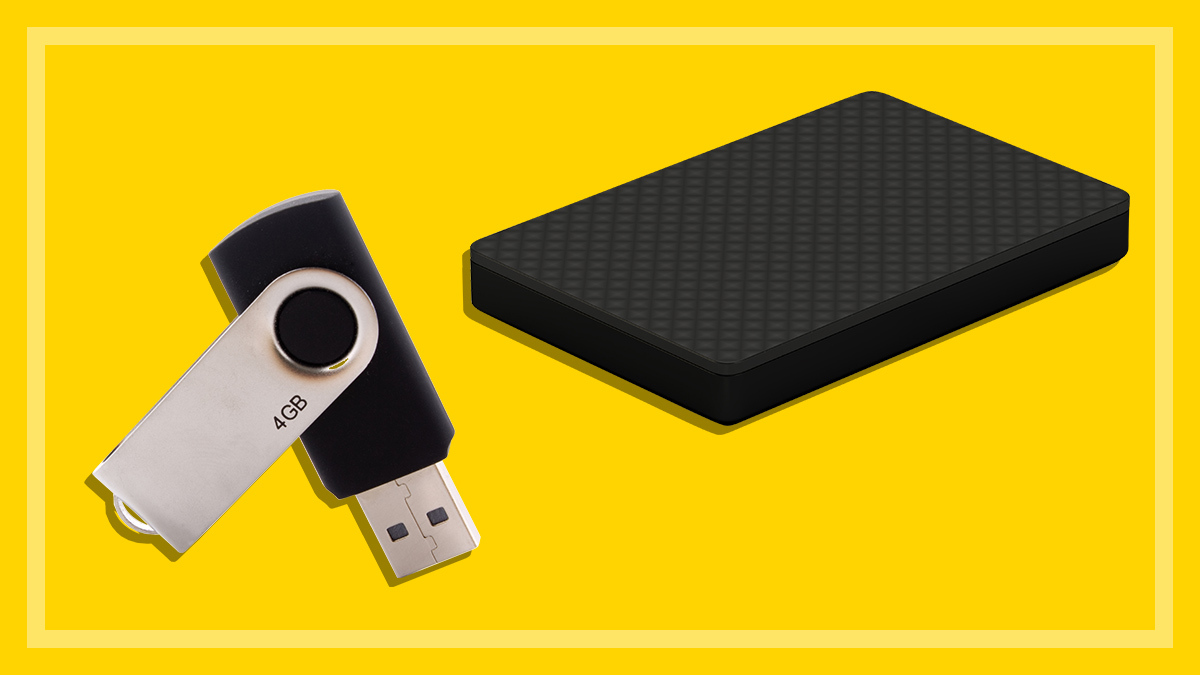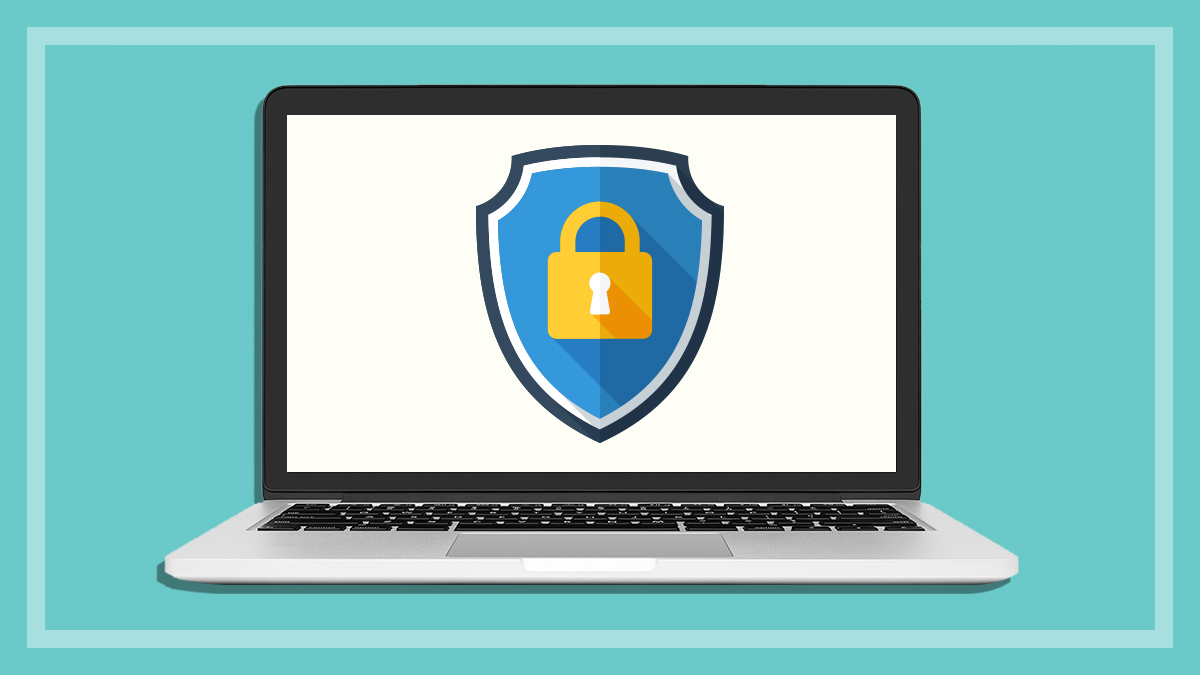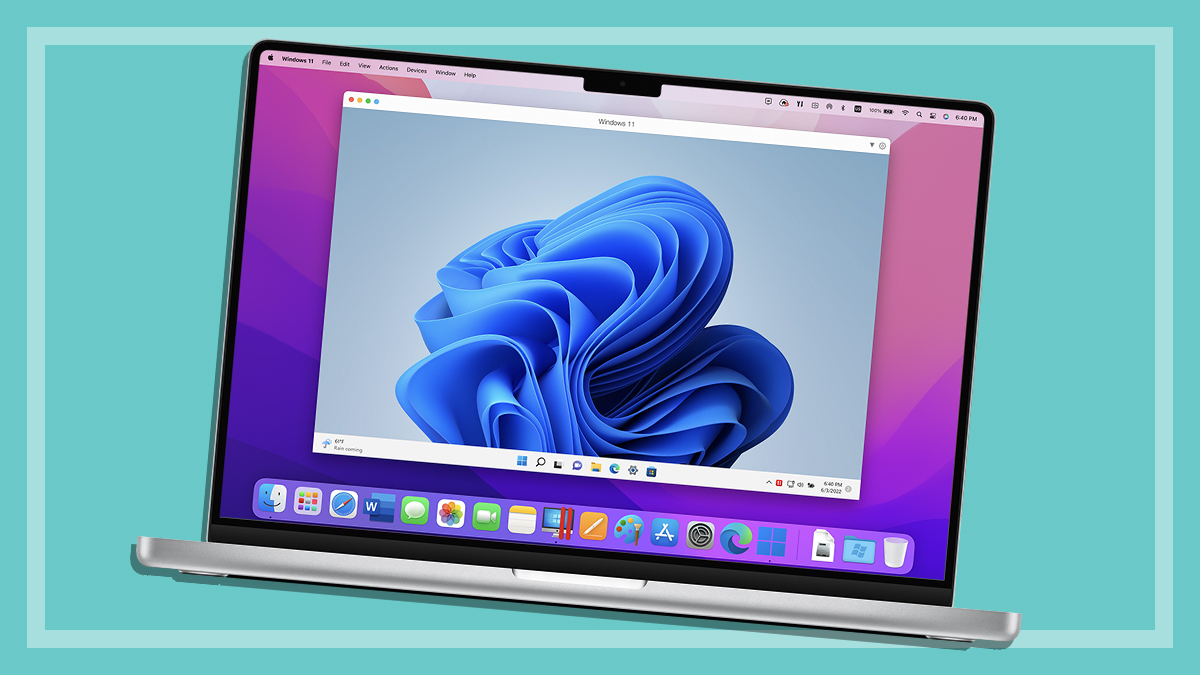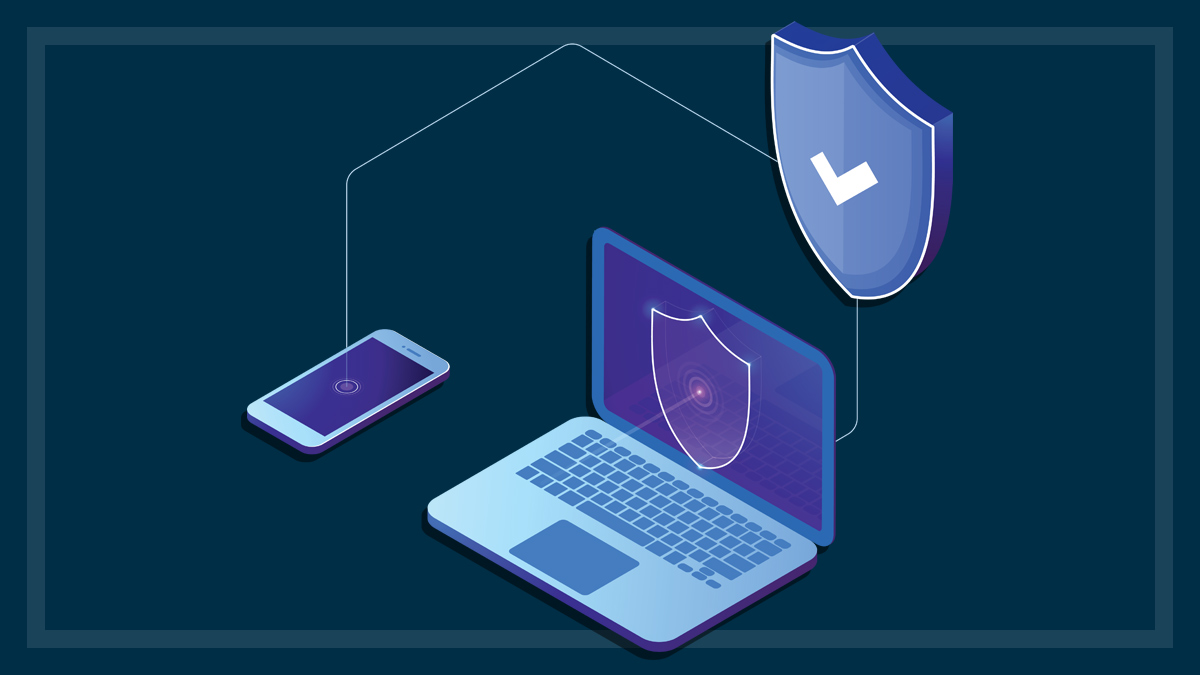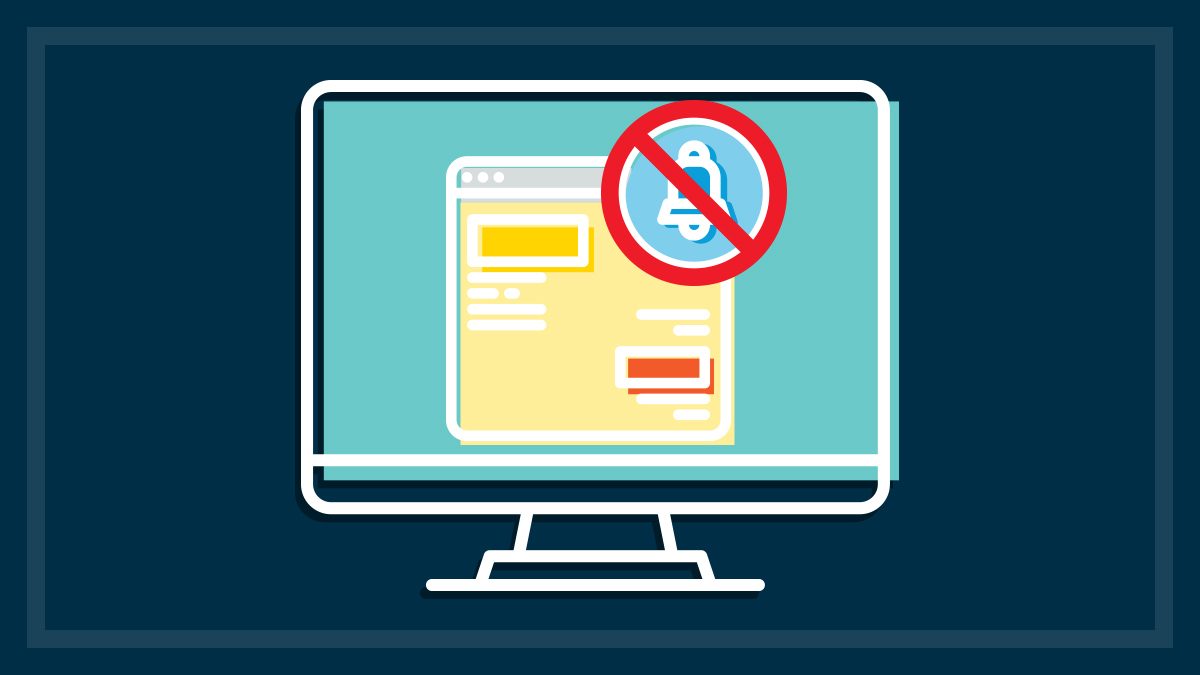Get our independent lab tests, expert reviews and honest advice.
How to buy the best desktop PC backup software
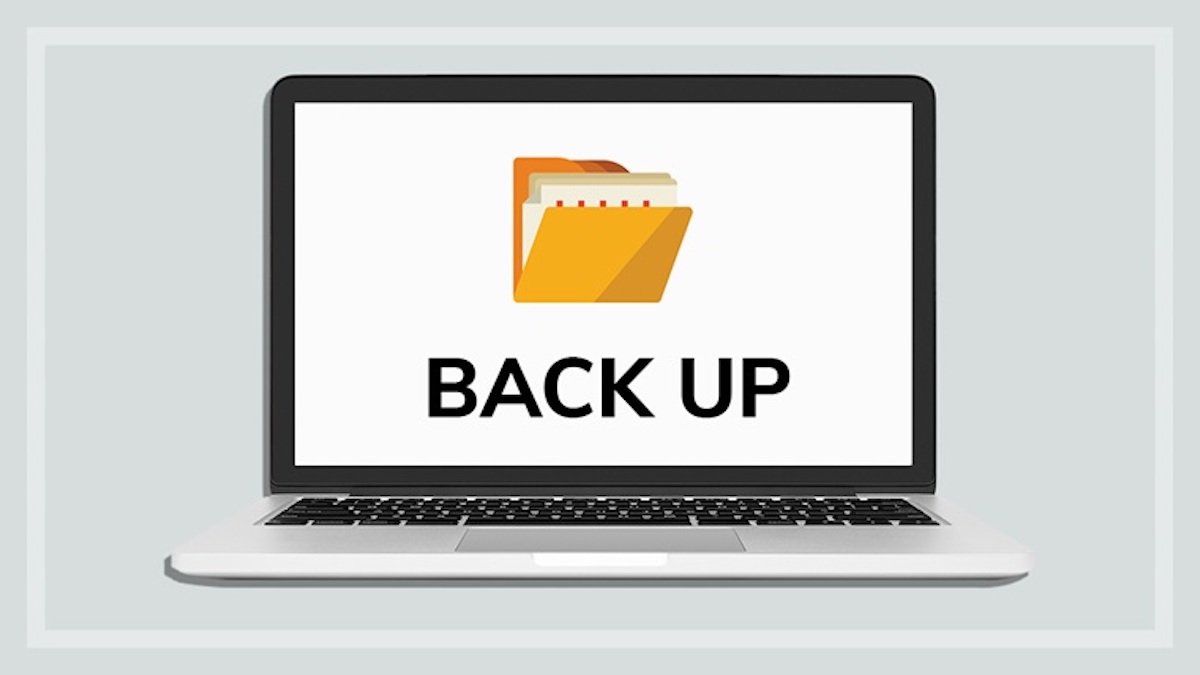
If you’ve ever lost important files during a computer crisis, then turned to an IT expert for help, the resulting conversation will usually sound something like this.
On this page:
IT: Did you backup your files?
You: No.
IT: You should have.
This is usually the last thing you want to hear, but the experts do have a point. Regular backups can keep your data safe from harm, and keep personal documents or family photos safe. That’s why you need good backup software.
The essentials of a good backup
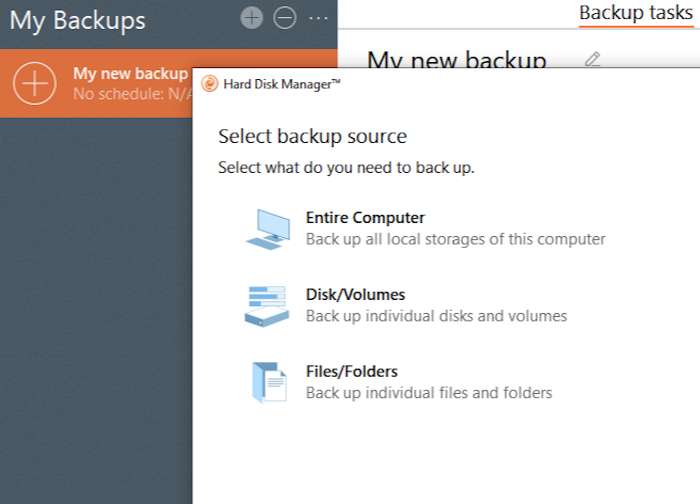
There are three functions essential to any good backup program.
- Image backup and restore.
- Files and folders backup and restore.
- Disaster recovery.
The software should also be flexible and easy to use, so you can create a backup procedure designed to fit your needs. Our buying guide details everything you need to know so you can find the ideal program.
How you’ll use your backup
Typically you’ll use backup software to:
- restore files/folders following accidental deletion or corruption
- restore a drive to a previous state, a working system that’s infected by a virus causing data loss
- repair problems caused by operating system (OS) failure
- restore to a new drive. You can restore a PC’s entire hard drive contents to a new hard drive when the old one, or part of the hardware, has failed, or when the system will not boot to the desktop (disaster recovery).
The first and second examples will usually let you access your desktop so you can recover lost files or roll the operating system back to an earlier state. Three and four are typically used when your PC cannot start, which means rebuilding the operating system, programs and files on the same computer. This is often referred to as disaster recovery.
But did you know you can also use backup software to more easily upgrade your PC? A full backup lets you restore everything to a new hard drive in the same computer, even if the original is still working. Say you’re using a 500GB drive, for example, and you want to upgrade to a 2TB drive. Most backup programs will let you create an exact duplicate or “clone” your system, so you can copy it onto the larger drive.
Things get a bit trickier however, when you want to restore your data to an entirely different computer, because you’re working with different components (e.g. CPU, motherboard) and system drivers. In this case, you’ll need to find a program that can ‘clone’ your drive and restore it to a different computer.
Where to store your backup
We all know we should back up our data regularly, if not continuously. You can use the backup software supplied with the operating system or third-party software and, ideally, automate it so it’s set-and-forget. But what do you back up to? Backup software gives you two broad options:
- Physical storage: These programs usually let you copy your data to CD/DVD or an external thumb/hard drive (local media). Some can also backup to NAS (network attached storage), FTP (external file server storage) and even tape.
- Cloud storage: This is becoming an increasingly common alternative to local media, and while it offers advantages such as offsite backup, increased security and the freedom to access your data anywhere, cloud storage services usually have subscription fees. These increase as you add more space which, when coupled with the costs of internet access, can end up being a relatively expensive option. Some dedicated PC desktop backup programs support cloud backup as well as local backup. There are also cloud services for online backup, some of which can also back up to a local drive.
Types of storage media
While most forms of electronic storage are quite reliable, none are infallible.
- Storage drives such as hard drives (HDs), solid state drives (SSDs), and flash storage can last for quite a few years in normal usage, or they can fail at any minute. Because hard drives are high capacity and cheap, they’re the often first line of defence against data loss. Storage drives are more expensive, but faster. See our Portable media storage device reviews for how we rate a range of hard drives, SSDs, and USB flash drives.
- DVDs can be reliable for years, but only if handled and stored carefully. Discs are cheap (under $1/disc) but low capacity (4.7GB) and only useful for archiving small projects.
- Cloud storage/backup gives you secure offsite storage backup accessible from internet connected devices anywhere. But it isn’t recommended as your only form of backup, largely due to the long time it takes to upload/download large amounts of data (think terabytes) and the ongoing subscription cost of cloud services ($60–$170/year). It’s best used for your most important files (think gigabytes) and can be a valuable part of your overall plan.
Backup strategy
Long-term security of your data is more about the quality of your backup method than the inherent reliability of the storage medium, as long as you buy good quality (avoid super-cheap no-name brands). The best practice for peace of mind is to have three copies of your data if possible, in different media/places so that no one data disaster can wipe everything out.
A cost-effective and secure strategy includes the following:
- External storage drive: Back up your computer to an HD or SSD (so you have at least two copies of the data).
- Cloud: Also back up just your most important data to the cloud.
- Archived data: If you archive data (copy it to an external drive, for example, and remove it from the computer) you should have a backup of the archive stored offsite. If you add to the archive, you need to make sure you update both sets of data.
- Cycle your backups: Your backup drive should regularly be cycled (swapped over) with another backup drive and kept offsite. This keeps your offsite backup up to date. This should also be the case if you use a NAS drive.
What do backup features do?
Backup terminology is complicated, but can be broadly broken down into two groups:
- Schemes
- Types of backup
A scheme is the method a program uses to back-up your data. Schemes don’t determine what type of data is backed up or the way you interact with it – it’s all about the how.
From a user-perspective, the type of scheme affects how fast a backup functions, and how much space it takes up if you save multiple versions.
A type of backup is largely about what kind of data can be saved, where it can be saved from, where it can be saved to, and how you restore your data, among other things.
Common backup schemes
Full backup
A full backup makes a copy of all the data that’s in your backup job each time. This is a good place to start when backing-up a drive, but can take up a lot of space if you create multiple versions.
All services we tested have full backup.
Incremental backup
Incremental backup is a good way to create multiple versions, while saving more storage space.
First, you create a normal full backup. After that, every time you do a new one, incremental backup only saves the data that has changed since the previous backup. This also makes it much faster to back up, as anything after the initial full backup will have less data to deal with. It can take longer to restore than a differential backup scheme.
All services we tested have incremental backup.[1]
Differential backup
Differential backup is similar to incremental backup, but takes up a little more space when making multiple versions.
Where incremental backup only saves data that’s changed since the last incremental backup, differential saves all the new information since the last full backup. It usually quicker to restore than an incremental backup scheme.
The difference between these two schemes is unlikely to make a big difference to most users.
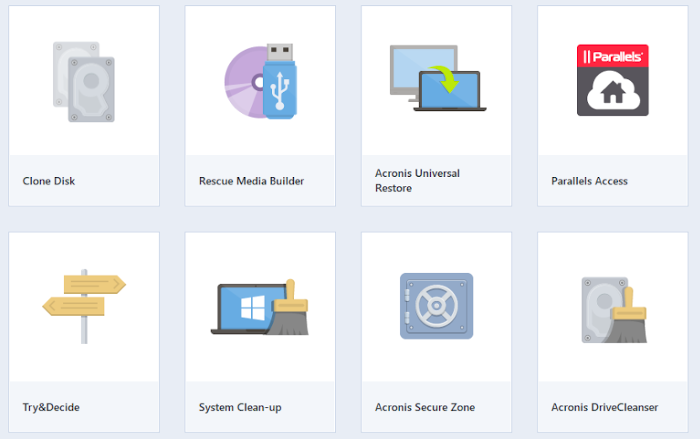
Types of backup and other features
File and folder backup
Users select the files and folders that they want to add to a backup job and then run that job according to any of the schemes above. This is useful if you only want to secure specific bits of data, and not an entire drive.
It’s also a great option if you want to update data regularly or continuously, as you don’t need to do a whole new full backup each time you update data, depending on the scheme you’re using.
All products we tested can restore individual files and folders.
Disk image
A disk (drive) image can back-up all the data on a storage drive, including all file, folder, partition, operating system (OS) and boot information to a single file. You must make sure that there is enough space on your destination disk/drive to hold all the data from the disk/drive being backed-up.
A disk image can be restored to another drive if the backup software supports it and if the new drive is either as big or bigger in capacity.
Some programs give you the option to back-up only the used portions of the disk (used sectors) or the entire disk (sector-by-sector, which includes blank space).
Disk imaging is the best backup to use in case your entire system needs to be restored, as it will recreate your old storage drive exactly – if it works properly, it will be like nothing has changed.
However, a disk image can’t be changed. It’s like a snapshot of the whole drive. It’s a good idea to make one occasionally, but for regular backups it’s easier to use the file and folder method.
Disk clone
A disk clone creates a functional one-to-one replica of a drive, directly to another drive, without creating a disk image archive file as a go-between.
This is a useful backup type for disaster recovery – if your original drive fails completely, you can replace it with the previously-created clone drive and it will seem like nothing has changed. It’s also a good option if you’re upgrading your main storage drive and want to skip the hassle of a disk image.
Partition image
An image of a partition is useful if you only want to back-up a system partition, or a data partition, but not the entire storage disk.
It can usually be set to run as per the schemes mentioned earlier.
Local network backup
Some programs let you backup via a local network. This means you can back-up to a NAS (network attached storage) device, or to a storage drive attached (internal or external) to another computer, if all devices are connected via the same router and visible on your network.
We recommend using a NAS for regular, scheduled backups over a network because they’re always on. If you’re in a multiple-computer environment such as at work, you may not be able to guarantee that another computer on the network will be switched on when your scheduled backup takes place, which might cause problems.
All products we tested can backup via local network.
Rescue media creation
Rescue media is a useful tool for disaster recovery. If you can’t boot your system properly, rescue media can act as a boot device and let you interact with a basic version of your backup program to reinstall the data.
The payoff
A good backup strategy that includes offsite backup will see you through fire, flood, theft, computer failure. It will also protect you against ransomware attacks that can lock up all your data, including attached backup drives. Creating the right combination of backup software and storage type, then keeping it up to date, will pay you big dividends in peace of mind.
What about free software?
There are several free backup software programs available (generally free versions of commercial programs) and they may cover your basic backup needs, but perhaps without some of the bells and whistles of the paid versions, such as encryption, backup automation or notifications and certain types of backup.
But, of course, few things are really free (even if you just ‘pay’ by having to use more effort than with a paid product). If you have a good general understanding of how the backup process (and the free software) works, you may be able to get the results you need using free software with some extra manual effort (you may not get the ‘wizards’ that make life easy by automating certain processes).
We suggest that if you use free third-party backup software that you check carefully what the restrictions of the software are and exercise care in the installation to avoid including things that you don’t want (which are often pre-ticked for installation by default) such as web browser plugins. Only install what you need.
Backup is a vital part of keeping your data safe but it seems that relatively few people think about it or take the time and trouble to set it up properly, especially non-technical users. That’s why ease of setup and use is so important and for many people that’s worth paying for.

